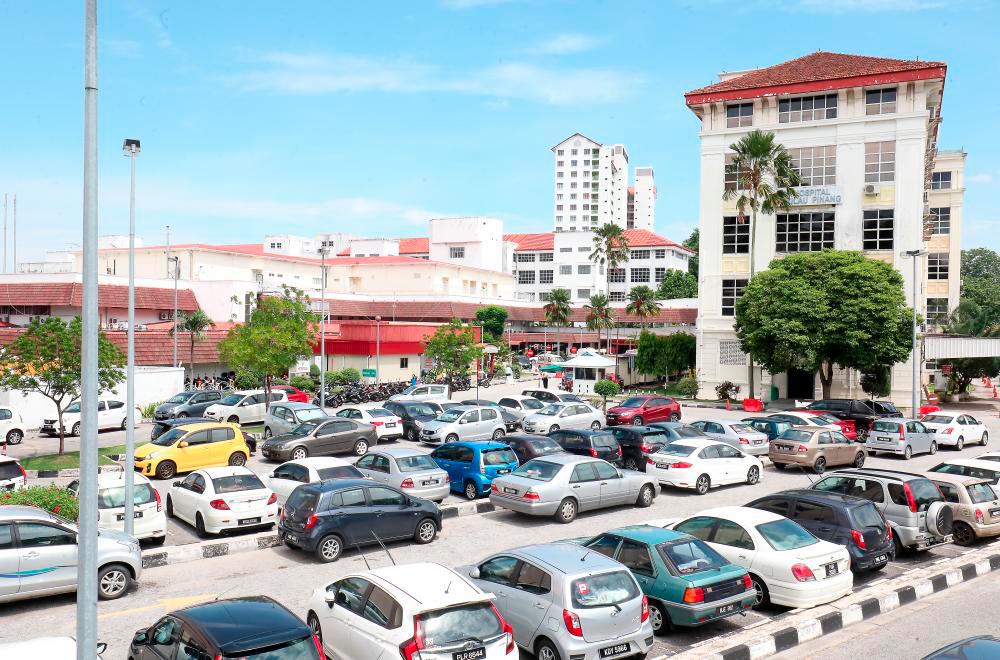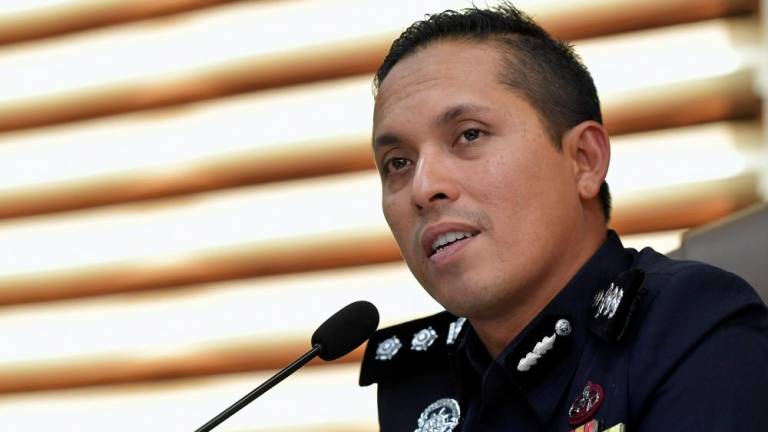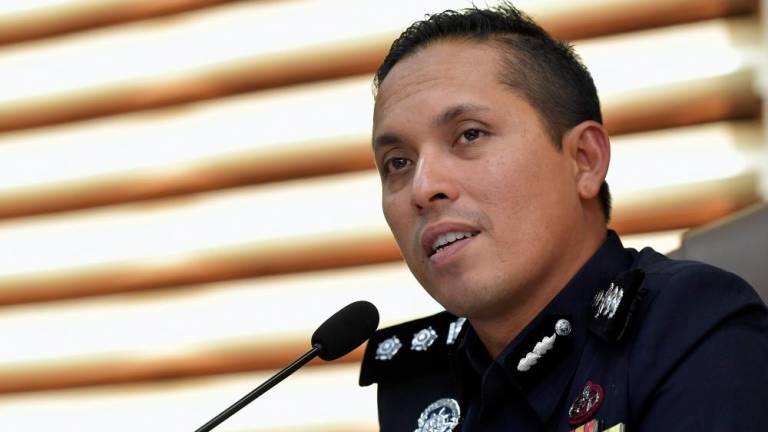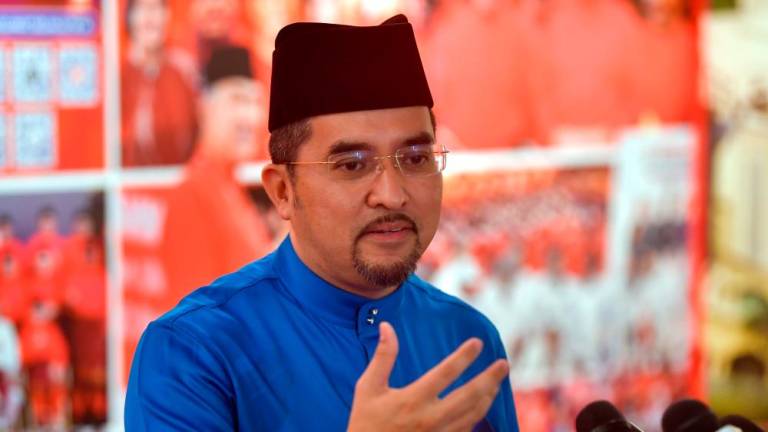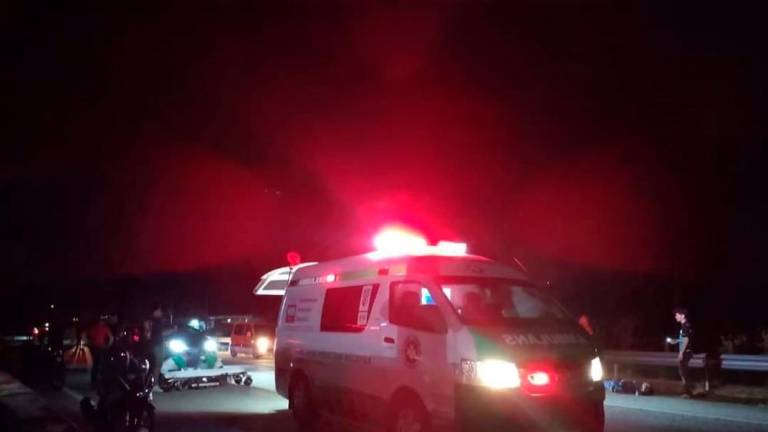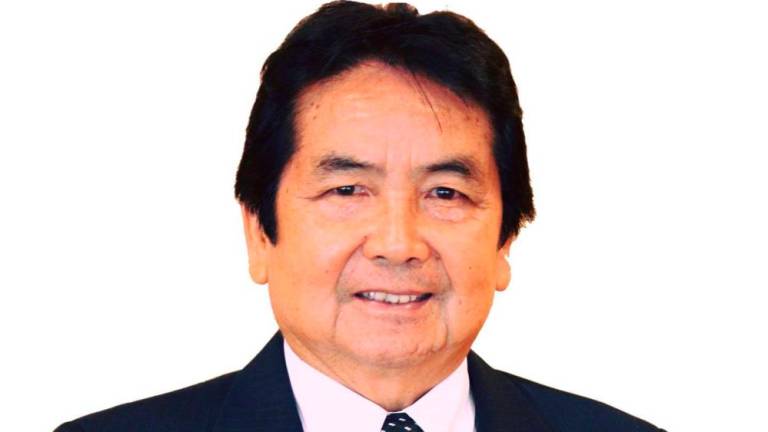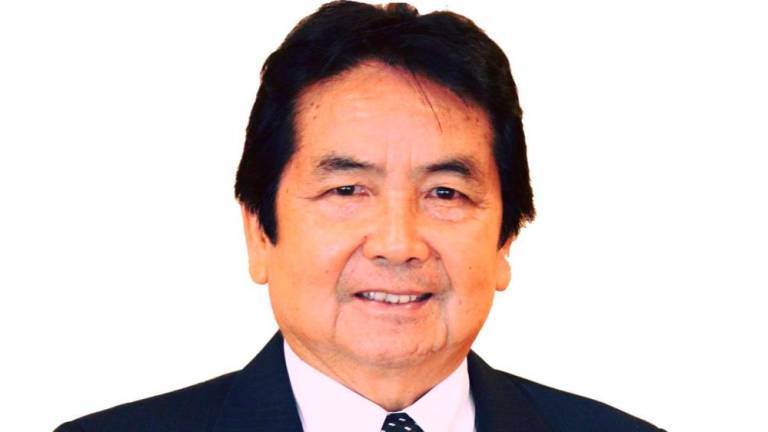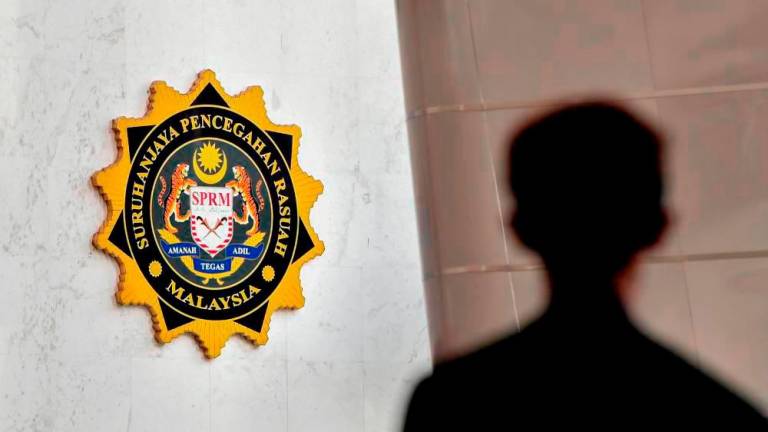KUALA LUMPUR: The death of a medical houseman at the Penang General Hospital last month, has triggered widespread concerns over the toxic work culture and alleged bullying at public hospitals, prompting a probe by the Health Ministry.
The 25-year-old doctor died after falling from his apartment complex in Penang on April 17, merely three weeks after he had joined the hospital. He was a houseman - a term designated for junior or trainee doctors.
While the cause of death has yet to be ascertained, various quarters have called for an end to the bullying culture of trainee doctors, noting that such unhealthy practices, if not eradicated, would tarnish the noble profession’s image in the eyes of the public.
President of the Malaysian Society for Occupational Safety and Health (MSOSH) Dr Shawaludin Husin attributed the bullying issue to the absence of official guidelines to train junior doctors.
Training at own discretion
“Sadly, the nation’s medical institutions till now do not have any guidelines to either train housemen or contract doctors, and this is one of the key factors contributing to the rampant bullying culture in the sector, “ Dr Shawaludin told Bernama.
He said the two-year housemanship (HO) is a programme involving mentorship matching between a houseman and a senior doctor.
However, the absence of official guidelines led to senior doctors applying a similar approach when they were trainees, which is seen as a rite of passage that every houseman must go through.
As a result, some trainee doctors felt that they were having recurring nightmares.
“ For example, insulting, humiliating or denigrating trainees in front of patients, colleagues or other nurses on the excuse of strengthening their mental and physical resilience. Are these still acceptable and part of the HO process?
“....and if focus is given towards mental resilience without any transfer of knowledge, should this be totally accepted, and how can competencies be enhanced and quality doctors be produced?,“ he asked.
According to Dr Shawaludin, the absence of guidelines caused senior doctors to use their own discretion when appraising trainees under their supervision.
Based on a survey conducted by the Hartal Doktor Kontrak group two months ago, 60 per cent of 150 respondents comprising trainee and contract doctors admitted experiencing stress due to bullying by senior doctors.
Of the total, 20 per cent were reported to be suffering from depression, causing them to seek psychological counselling.
Guidelines are necessary
Dr Shawaludin, who believes that many victims dare not come forward for fear of being given low marks or being sabotaged at work, said besides being forced to work for prolonged hours, as well as heavy workload and sexual harassment, trainee doctors also faced gender discrimination and racist attitudes.
“The racial issue usually takes place during ward rounds with specialist doctors. Some doctors as well as medical officers communicated in their own mother tongues, when in fact, the trainee doctors could not understand and this really took place,“ shared Dr Shawaludin who underwent HO training at a public hospital under MOH in 2003.
He also disclosed that gender discrimination involving certain fields such as orthopaedics, did take place.
He said male specialist doctors did not want female trainees to be at the orthopaedics section as the discipline was rather complex and unsuitable for women
Dr Shawaludin said there is an urgent need to formulate transparent training guidelines for HO and contract doctors as the current approach is no longer suitable for the current situation.
“The time has come for the nation’s medical institutions to formulate HO training guidelines as the nation strives to achieve its status as a developed nation given that the culture of bullying housemen abroad is not the same as in Malaysia,“ he said.
This, he said, is because the teaching and learning modules as well as the technology adopted at medical institutions have changed dramatically, hence training should also keep abreast of global trends.
Not the same
Describing the work environment in the past and present as different, Health Minister Khairy Jamaludin said he wants to create a situation where mutual respect and support among colleagues are nurtured.
“Work environment must have respect, support and should be empowering, not abusive and humiliating,” he said on Twitter following an outcry over the bullying issue at hospitals under MOH.
Elaborating on the issue, Dr Shawaludin said the guidelines should cover the working hours for trainee and contract doctors given that there are some who have been working for 16 hours, causing them to experience fatigue and are exposed to accidents.
According to media reports, quoting MOH data for the period 2014 to 2016, there were 554 cases of commuting accidents - the trip from home to the workplace or from the workplace back home - involving medical professionals.
“HO training no longer requires long hours to make them resilient and skilled. The profession has evolved with various methods applied using the latest technology to teach trainees; furthermore, quantity does not always mean quality.
“Through learning technology, the number of hours spent teaching can be shortened from 16 hours previously to eight hours. For example, in the past, learning surgery was conducted by operating on a dead body, but today’s technology allows HO to enhance their skills via simulation technology,“ he said.
In fact, the HO learning modules abroad are mainly technology-based and do not need trainee doctors to work for long hours, enabling them to be resilient and competent at the workplace.
According to Dr Shawaludin, the question of today’s trainee doctors being spoilt does not arise, and unlike past generations, their challenges are far greater.
“Do not equate the past with the present day situation. With many housemen at our disposal, we should not exert pressure on the juniors by making them work for long hours to gain knowledge or skills. In actual fact, not all disciplines have busy schedules, and yet, they are forced to work overtime just to continue with past practices.
“The number of doctors then was small but patient cases and diseases are much higher now. In fact patients in the past were not as demanding as present day patients who are quick to share information and complaints on the social media,“ he said.
Teaching training and white paper
He also proposed that doctors undergo teaching training courses as they have a duty to impart their skills and knowledge to young doctors who are poised to contribute positively to the nation’s healthcare system.
“Doctors are not good administrators; they are technical people. Not everyone can be a good teacher. Perhaps they are not aware that their approach has caused mental abuse for trainee doctors under their guidance,“ he said.
In this regard, Dr Shawaludin hopes that efforts at formulating the guidelines should be given emphasis by the special task force which was set up by the MOH to probe the death of the Penang General Hospital houseman and allegations of bullying culture at MOH hospitals.
“In addition, the MOH has proposed a white paper for the reformation of the country’s health system. As such, the bullying issue and the guidelines’ implementation should be the focus of the task force and the white paper.
“The Occupational Safety and Health Act 1994 (OSHA 1994) for MOH while previously focused on protection of doctors from needlestick injuries and exposure to chemical substances, should also look into their welfare, hence keeping the bullying culture at bay,“ he said.
This, he noted, includes the occupational health and safety (OHS) for the healthcare sector by giving priority to Hazard Identification, Risk Assessment and Risk Control (HIRAC) to new doctors.
“The proposal, if considered by the task force and the white paper, would certainly bode well for efforts at resolving the bullying issue in a holistic manner,“ he added. — Bernama



